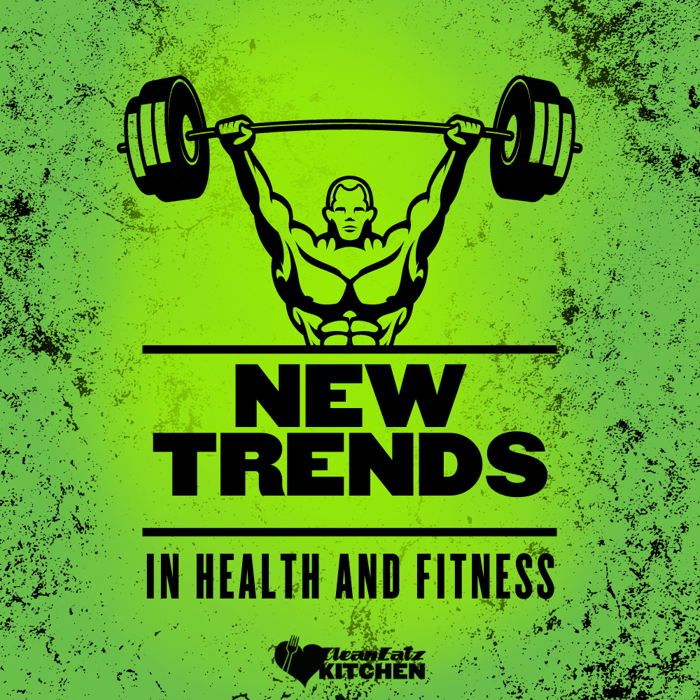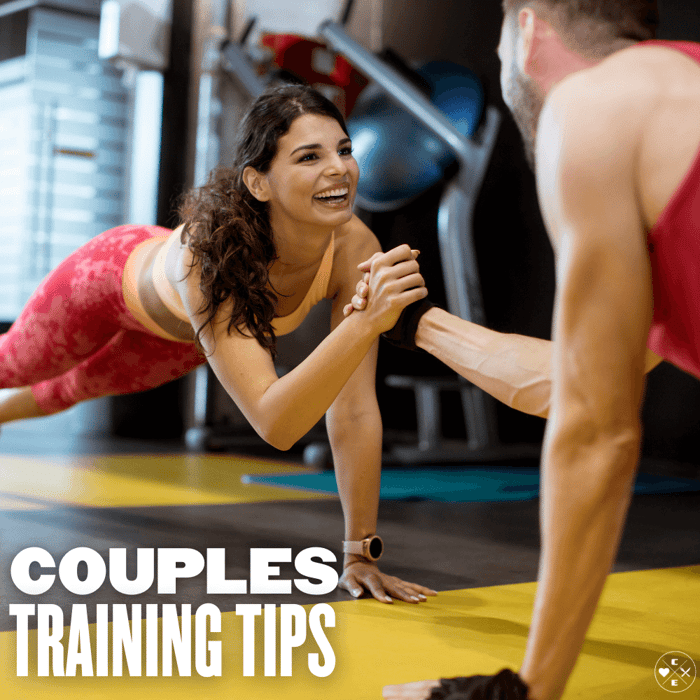Last updated: September 11, 2025
Quick start: This glossary of gym terms and gym slang translates the lingo you’ll hear on the floor—reps, sets, PRs, RPE, tempo, HIIT/LISS, bro split/PPL, and more—plus etiquette and safety cues for the big lifts. Use the table of contents and A–Z jump list to find what you need fast.
A–Z Jump List
A · B · C · D · E · F · G · H · I · J · K · L · M · N · O · P · Q · R · S · T · U · V · W · X · Y · Z
Gym Etiquette & Safety Essentials
- Re-rack weights: Put dumbbells and plates back where they came from.
- Wipe gear: Towel + spray after you’re done. Share equipment between sets.
- Film politely: Keep others out of frame; ask before recording near people.
- Spotting: Ask: “Can you spot me for 5 reps?” Clarify cues and when to help.
- Safety pins/bars: Set safeties in racks for squats/bench presses at the right height.
- Chalk: Use sparingly; wipe residue.
Fundamentals (Reps, Sets, Tempo, RPE/RIR)
- Rep / Set
- One repetition; a set is a group of reps (e.g., 3×10 = three sets of ten reps).
- Tempo (e.g.,
3-1-1-0) - Timing of a lift’s phases: eccentric (lower), pause, concentric (raise), top pause. Example: 3s down, 1s hold, 1s up, no pause.
- Eccentric / Concentric / Isometric
- Lowering / lifting / holding without movement.
- RPE (Rate of Perceived Exertion)
- Effort scale 1–10; RPE 8 ≈ 2 reps left in the tank.
- RIR (Reps in Reserve)
- How many reps you could still do with good form at the end of a set.
- Progressive Overload
- Gradually increase weight, reps, sets, or tempo to keep improving.
- Deload
- Planned easier week (less volume/intensity) to recover and come back stronger.
Programming & Splits
- Full-Body
- Train most muscle groups each session (2–4×/week).
- Upper/Lower
- Alternate upper-body and lower-body days.
- PPL (Push/Pull/Legs)
- Push (chest/shoulders/triceps), Pull (back/biceps), Legs (quads/hams/glutes).
- Bro Split
- One main muscle group per day (e.g., chest day, back day).
- Hypertrophy
- Training for muscle size; often 6–15 reps, moderate rest.
- Strength
- Training for max force; often 1–6 reps, longer rest.
- Power
- Explosive output (cleans, jumps); lighter loads moved fast.
- Periodization
- Planned phases (e.g., base → build → peak → deload).
Training Methods (HIIT, LISS, EMOM, AMRAP)
- HIIT
- High-Intensity Interval Training: short hard efforts with recovery.
- LISS
- Low-Intensity Steady State cardio (easy pace, longer duration).
- MISS
- Moderate-Intensity Steady State (middle zone).
- EMOM
- Every Minute on the Minute—start a set each minute.
- AMRAP
- As Many Rounds/Reps As Possible in a time cap.
- WOD
- Workout of the Day (CrossFit).
- RX / Scaled
- As written vs. modified to your level.
- 1RM / 5RM
- Max you can lift for 1 rep / 5 reps with good form.
- PR (PB)
- Personal Record (Personal Best).
- Superset / Giant Set
- Two exercises back-to-back / three or more.
- Drop Set / Rest-Pause
- Reduce weight and continue / brief pause then more reps.
- TUT
- Time Under Tension—total seconds a muscle works in a set.
Movement Patterns & Big-Lift Cues
Primary Patterns
- Squat (knee-dominant), Hinge (hip-dominant), Push (horizontal/vertical), Pull (rows/pull-ups), Carry, Lunge, Rotate.
Safety Cues (quick hits)
- Squat: brace your core (big breath), mid-foot pressure, knees track over toes, set safeties.
- Bench: eyes under bar, shoulder blades pinched, light arch, feet planted, spotter ready.
- Deadlift: bar over mid-foot, lats tight (“squeeze oranges in armpits”), neutral spine, push floor away.
- Overhead Press: squeeze glutes/abs, rib cage down, head “through the window” at lockout.
Equipment & Plate Math
- Barbell
- Standard 45 lb / 20 kg (women’s bars ~35 lb / 15 kg). Specialty bars vary.
- Bumper Plates
- Rubber plates that can be dropped; color-coded in kg in many gyms.
- Collars
- Clamps that keep plates from sliding.
- Rack & Safeties
- Adjustable supports to catch the bar if you miss a rep.
- Machines
- Selectorized (pin-loaded) or plate-loaded; guide the path for you.
- Bands & Cables
- Provide variable resistance and angles.
Quick plate math (lbs): 45 lb bar + 2×45 = 135 · +2×25 = 185 · +2×10 = 205 · +2×5 = 215 · +2×2.5 = 220.
Warm-Ups, Mobility & Recovery
- General warm-up: 5–8 min easy cardio + dynamic mobility.
- Specific warm-up: ramp sets for your first lift (e.g., empty bar ×10 → 50% ×5 → 70% ×3).
- Mobility vs. Flexibility: mobility = control through range; flexibility = passive range.
- Foam rolling: brief pre-lift (30–60s areas) to ease tight spots.
- Rest between sets (typical): strength 2–4 min · hypertrophy 60–120s · circuits 20–60s.
- DOMS: post-workout soreness; light movement and hydration usually help.
Quick Pre/Post-Workout Nutrition
- Pre (60–150 min out): carbs + protein (e.g., yogurt & fruit; turkey wrap).
- Post (within a few hours): protein-forward meal with carbs for recovery (e.g., High-Protein Box entrée + rice/veg).
- Easy button: our Weight-Loss Meal Plan or build exactly what you need with Build-a-Meal Plan. Breakfasts like Overnight Oats + Protein Powder keep mornings simple.
Beginner 4-Week Starter Plan (3 Days/Week)
Full-body; add ~5 lb to lifts when all sets feel strong. Warm up first and set safeties.
- Day A: Goblet Squat 3×8–12 · Bench Press 3×6–10 · Row (cable or DB) 3×8–12 · Plank 3×30–45s
- Day B: Romanian Deadlift 3×8–12 · Overhead Press 3×6–10 · Lat Pulldown/Pull-ups 3×6–10 · Side Plank 3×20–30s/side
- Day C: Split Squat 3×8–12/leg · Incline DB Press 3×8–12 · Seated Cable Row 3×8–12 · Farmer Carry 3×30–60m
Cardio: 2–3 easy LISS sessions (20–30 min) or 1–2 short HIIT blocks (e.g., 8×30s hard / 90s easy) per week.
Expanded A–Z Glossary
A
- Accessory Work
- Smaller moves that support your main lifts (e.g., curls for bench press).
- AMRAP
- As Many Rounds/Reps As Possible in a set time or one set to near-failure.
- Ass to Grass (ATG)
- Very deep squat; depth depends on mobility and goals.
B
- BFR (Blood Flow Restriction)
- Light-load training with cuffs to create a pump stimulus—advanced method.
- Bro Split
- Classic body-part-a-day routine (e.g., chest, back, legs).
- Bulking
- Eating in a calorie surplus to gain size (ideally muscle).
C
- Cutting
- Calorie deficit phase to reduce body fat while keeping muscle.
- Compound Lift
- Multi-joint exercise (squat, deadlift, bench, press, row).
- Circuit
- Series of exercises performed back-to-back with minimal rest.
D
- Deload
- Planned recovery week to reduce fatigue.
- DOMS
- Delayed Onset Muscle Soreness, 24–72 hours after training.
- Drop Set
- Lower weight and continue a set to extend time under tension.
E
- Eccentric
- Lowering phase of a lift.
- EMOM
- Every Minute on the Minute—start work at each minute.
- EPOC
- Excess post-exercise oxygen consumption (“afterburn”).
F
- Failure
- Point where you can’t complete another rep with good form.
- Functional Training
- Exercises that carry over to daily moves (hinge, carry, rotate).
G
- Giant Set
- Three or more exercises in a row.
- Glute Bridge / Hip Thrust
- Posterior-chain work for glutes/hamstrings.
H
- HIIT
- High-intensity intervals with recovery periods.
- Hypertrophy
- Muscle growth from resistance training.
- Hinge
- Hip-dominant pattern (RDL, deadlift, good morning).
I
- Isolation Exercise
- Targets one main joint/muscle (curl, leg extension).
- Isometric
- Hold/tension without movement (plank, wall sit).
J
- Jerk
- Olympic lift phase—drive bar overhead explosively.
- Junk Volume
- Extra sets that don’t add progress; save energy for quality work.
K
- Kip
- Momentum-assisted pull-up used in CrossFit variants.
- KB
- Kettlebell.
L
- LISS
- Low-Intensity Steady State cardio.
- Lunge
- Single-leg pattern (forward, reverse, walking, Bulgarian).
M
- Mind-Muscle Connection
- Actively focusing on the target muscle during a rep.
- MISS
- Moderate-Intensity Steady State cardio.
N
- Natty
- Slang for natural (no performance-enhancing drugs).
- Negative
- Another term for the eccentric portion.
O
- Olympic Lifts
- Snatch and Clean & Jerk—technical, explosive barbell lifts.
- Overreaching/Overtraining
- Short-term fatigue (normal) vs. prolonged under-recovery (problem).
P
- PPL
- Push/Pull/Legs split.
- PR / PB
- Personal Record/Best for a lift, rep, or workout.
- Progressive Overload
- Systematic increase in training stimulus.
Q
- Quad-Dominant
- Moves that bias the quadriceps (front squat, step-ups).
R
- RPE / RIR
- Effort scales (see above).
- RM
- Rep Max—heaviest weight for given reps (1RM, 3RM, etc.).
- Row Variations
- Horizontal pulls (cable, barbell, dumbbell).
S
- SAID Principle
- Specific Adaptation to Imposed Demands—train what you want to improve.
- Superset
- Two moves back-to-back; can pair push/pull or agonist/antagonist.
- Spotter
- Helper for safety on heavy lifts.
T
- Tempo
- Controlled timing of reps (see above).
- TUT
- Time Under Tension—seconds under load in a set.
U
- Upper/Lower Split
- Alternate upper-body and lower-body sessions.
V
- Volume
- Total work (sets × reps × load); key driver of hypertrophy.
W
- Warm-Up Sets
- Ramp to your working weight with lighter sets.
- WOD
- Workout of the Day (see methods).
X
- X-Rep
- Colloquial for an extra “forced” rep with assistance—use sparingly.
Y
- Y-Raise
- Shoulder/scapular move forming a “Y” shape; great for posture.
Z
- Zone 2
- Easy cardio zone (you can talk); great for base fitness and recovery.
FAQs
What’s the best split for beginners?
Full-body 2–3×/week or Upper/Lower 3–4×/week works well. Focus on technique, add weight gradually.
How long should I rest between sets?
Strength: 2–4 min · Hypertrophy: 60–120s · Circuits/conditioning: 20–60s. Adjust by how hard the last set felt (RPE/RIR).
How do I know if I’m progressing?
Add a little weight, a rep, a set, or better tempo over time—while keeping form crisp. Log your workouts.
Should I do cardio before or after lifting?
If strength/muscle is the priority, lift first and do cardio after or on separate days. Keep easy “Zone 2” on off days.
Next Steps
Dial in training and nutrition together. For easy, protein-forward meals, explore our High-Protein Box, build a week with Build-a-Meal Plan, or go hands-off with our Weight-Loss Meal Plan.




